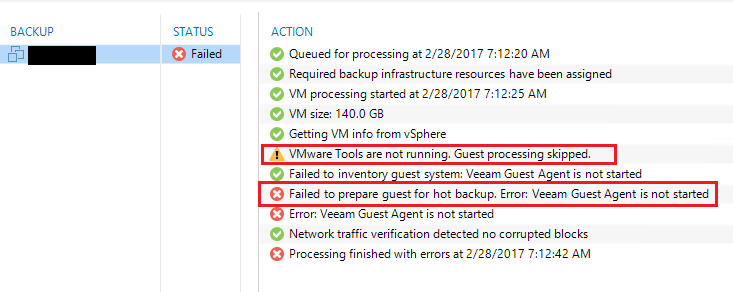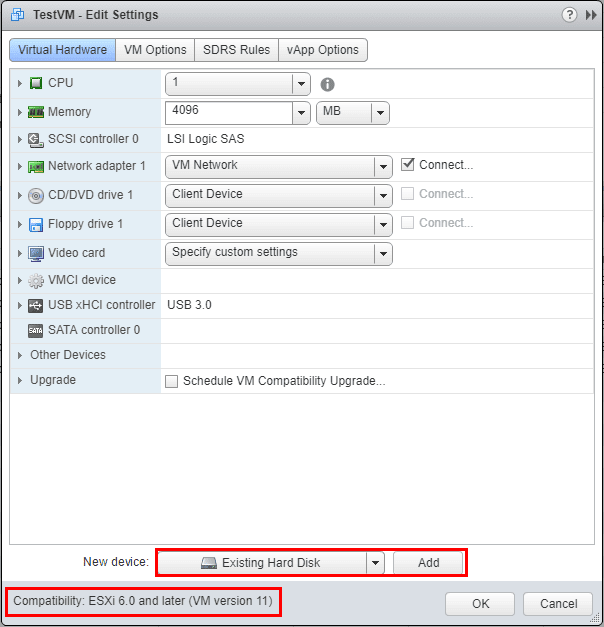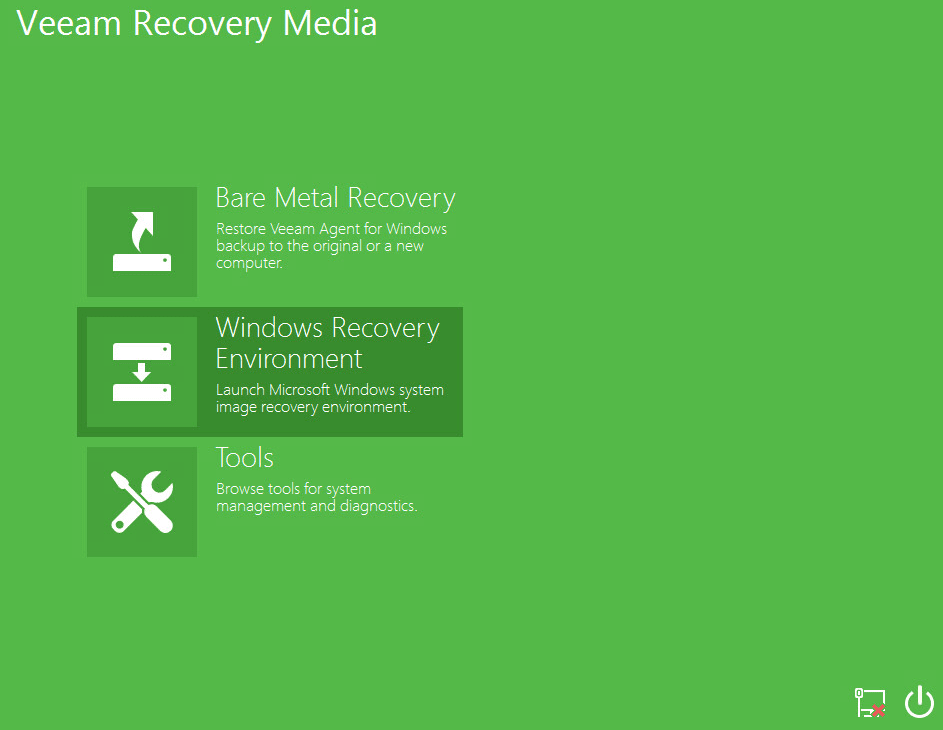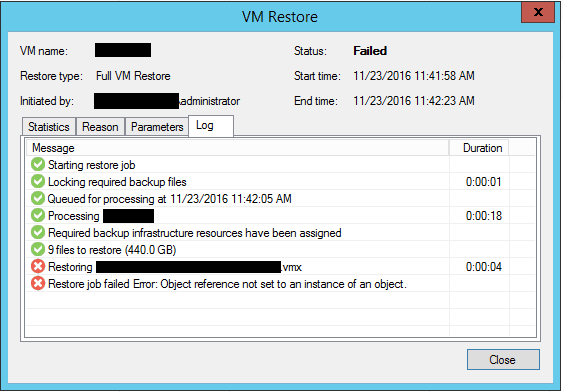How to Achieve Your Backup & Recovery Objectives
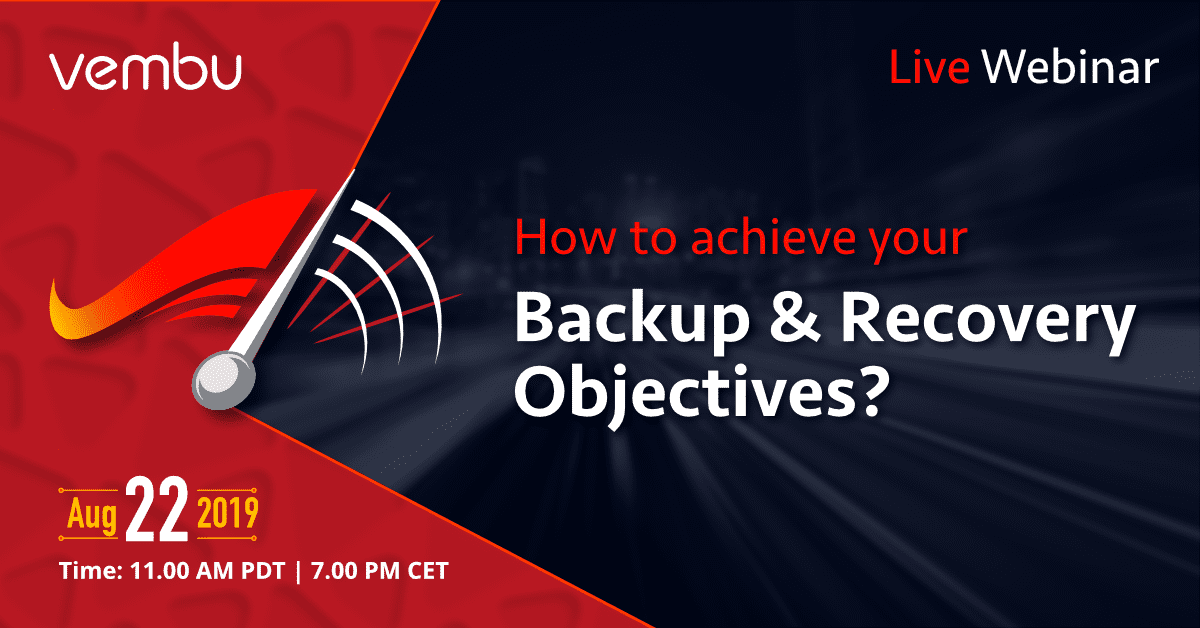
When it comes to protecting your data, backups are the key component of any data protection solution and strategy. With the number of threats that exist to your data today, protecting it is becoming increasingly important. Organizations today are more reliant on their data than ever before. Data is certainly the new “gold” to be had as businesses both live and die by it. When deciding how to protect your data with backups and architecting your backup strategy, you must think about various things related to your backups. You must define what your backup and recovery objectives are and you must decide how to achieve your backup and recovery objectives.
What are Backup & Recovery Objectives?
When it comes to backing up and restoring your data, there is no perfect objective that fits every single environment or business. It will be up to your business to decide what you backup and recovery objectives are and what expectations the business stakeholders have with regards to how quickly data can be recovered.
There are two very well-known terms associated with backup and recovery of data that help to define the expectations of backup and recovery when architecting a disaster recovery solution for your business. The two “objectives” are Restore Point Objective (RPO) and Restore Time Objective (RTO).
Let’s see how Restore Point Objective (RPO) and Restore Time Objective (RTO) weigh into designing your backup and recovery solution and how you go about achieving your backup and recovery objectives.
Restore Point Objective (RPO)
Most backup solutions available on the market today keep what are called restore points of your data. In other words, at a set interval, the backup solution will capture a new representation of your data. This could be a backup of your virtual machines in the environment or physical servers.
When defining a Restore Point Objective (RPO), you are essentially saying, “how much data is my business willing or able to lose and still maintain an acceptable level of business continuity?
To use an example, if you have “hourly” backups of your virtual machines scheduled, you are in essence saying that your business can withstand an hour’s worth of potential data loss if a disaster strikes. This is true since if your backup ran 59 minutes ago and you suddenly suffer a disaster before the next backup, you have essentially lost an hour of data across the environment.
This Restore Point Objective (RPO) is defined by how often you configure your backup to run across your environment. You may set objectives that are different on database servers as opposed to web servers. Depending on the type of data that is housed by the resource, the RPO may be different.
Typically data that is changing much more often such as found with database driven applications, will need to have a much lower RPO than data that is more static in nature.
Restore Time Objective (RTO)
The second crucial metric in deciding how to achieve backup & recovery objectives, is the Restore Time Objective (RTO). With the RTO, this is the acceptable amount of time determined that your business can continue operating before the restore of your data is completed.
You might be able to lose one hour’s worth of data. How long can your business be down without the restore of your data back to the last restore point? This is an essential component of determining your backup and recovery solution objectives and is key is helping to put service level agreements around data recovery and restoration time.
With the explosion of data that is happening across the board, it is imperative that businesses today determine their backup and recovery objectives. This can be a more difficult process than might be imagined. While we have covered what RPO and RTO objectives are, how can acceptable values for those be determined successfully?
How to Achieve Your Backup & Recovery Objectives
Vembu is holding a webinar covering the topic of backup & recovery objectives and helping to answer the following:
- Steps in defining your objectives
- Why your current backup strategy doesn’t hold up
- How to achieve your Backup & Recovery objectives
- Other best practices for better data protection
This should be a good discussion of how businesses can ultimately succeed in not only defining their objectives effectively, but implementing tools and solutions to allow these to be easily accomplished




